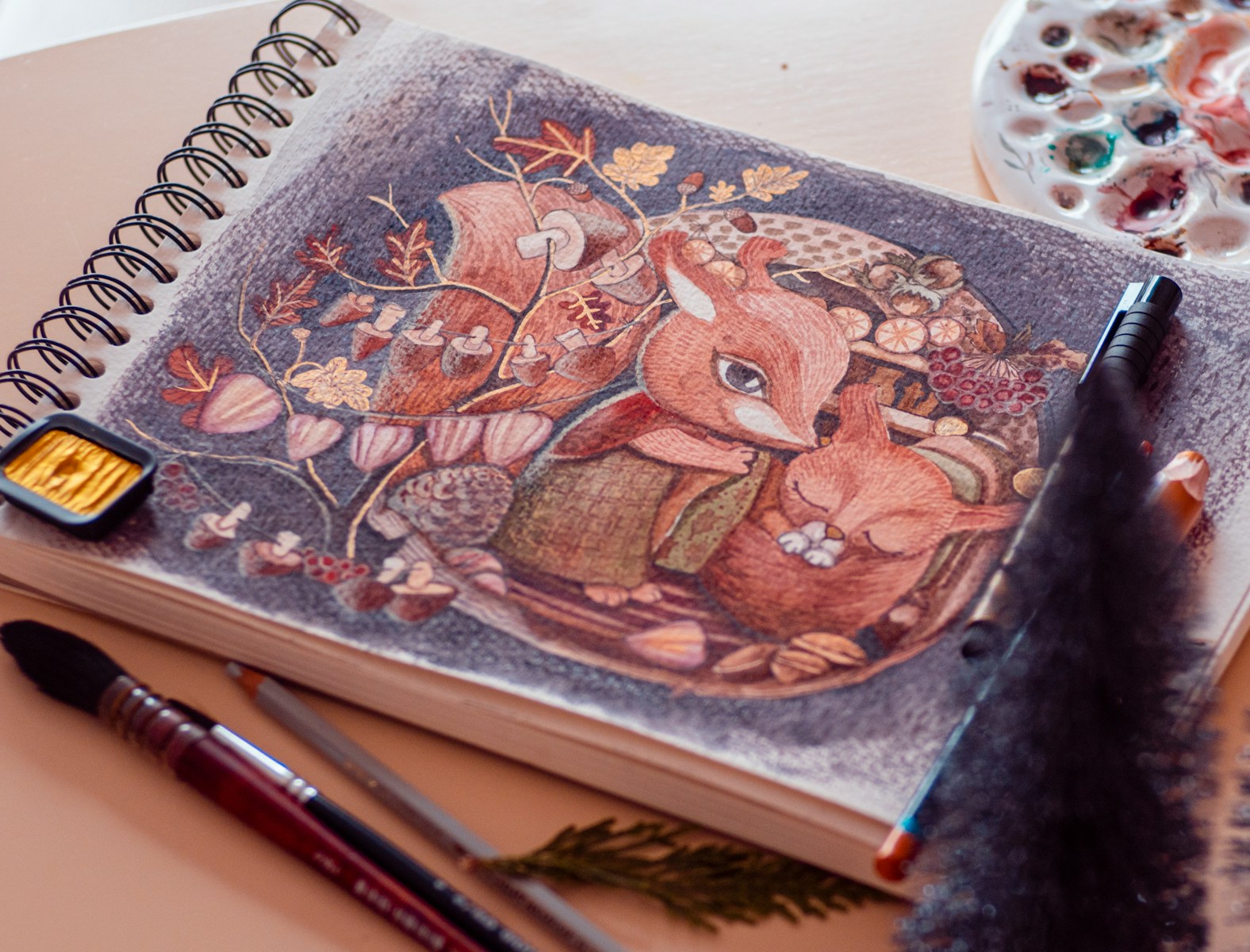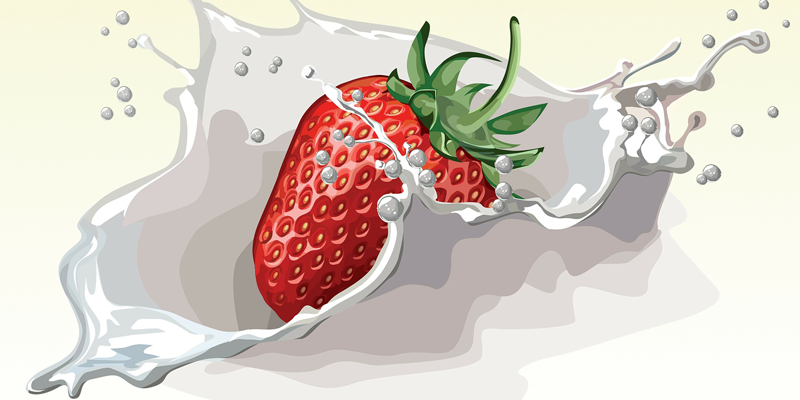
In the world of book and magazine illustrations, standing out requires more than just talent; it demands creativity, innovation, and a willingness to explore beyond the traditional boundaries of the craft. While many artists stick to tried-and-true methods, there exists a realm of little-known secrets and unorthodox approaches that can elevate your work to new heights. These rarely discussed techniques offer fresh perspectives and can be the key to making your illustrations not only visually appealing but also emotionally impactful.
The Power of Negative Space
One of the most underrated and underutilized techniques in illustration is the strategic use of negative space. Negative space, or the area around and between the subjects of an image, is not just space—it’s a tool that can dramatically influence the composition and storytelling of an illustration. By carefully designing the negative space, you can create a sense of balance, direct the viewer’s attention to specific elements, and even convey deeper meanings. For instance, using negative space to form shapes or patterns can add layers of symbolism to your work, making it more thought-provoking and engaging.
Incorporating Mixed Media for Textural Depth
In an age where digital illustration dominates, incorporating mixed media can set your work apart by adding a tactile, textural depth that digital tools alone often can’t replicate. Experimenting with traditional materials like ink, watercolor, or even collage elements before digitizing your work can bring a unique quality to your illustrations. This unorthodox approach not only enriches the visual appeal but also adds a distinct personal touch that resonates with audiences who crave authenticity. For example, the roughness of a pencil sketch or the fluidity of watercolors can evoke emotions in ways that smooth digital lines might not.
Narrative Through Visual Metaphors
While many illustrators focus on accurately representing the subject matter, those who delve into visual metaphors can create illustrations that tell deeper stories. Visual metaphors use imagery to represent abstract ideas or themes, adding layers of meaning to the illustration. This technique is particularly effective in editorial and book illustrations, where the artwork is meant to complement and enhance the text. For instance, an illustration accompanying an article about mental health might use the image of a labyrinth to symbolize the complexity and challenges of navigating one’s thoughts and emotions. This approach not only enriches the narrative but also invites viewers to engage more deeply with the content.
Breaking the Grid: Asymmetry and Dynamic Composition
Traditional illustration often relies on balanced, symmetrical compositions that are pleasing to the eye. However, breaking away from these conventions by embracing asymmetry and dynamic compositions can infuse your work with energy and movement. Asymmetrical designs can create tension, leading the viewer’s eye across the page in a more engaging way. By deliberately placing elements off-center or at unusual angles, you can create a sense of unpredictability and excitement that captures the viewer’s attention. This technique is particularly useful in magazine illustrations, where the goal is often to create a striking visual that stands out in a crowded layout.
The Element of Surprise: Subverting Expectations
In a world saturated with visual content, subverting expectations can make your illustrations unforgettable. This could mean playing with scale, perspective, or even the subject matter itself to create something unexpected. For example, illustrating a familiar concept in an entirely new way—such as depicting a cityscape inside a teacup or a fish swimming in the sky—can surprise and delight the viewer. This technique not only makes your work more memorable but also encourages viewers to see the world in a new light.
Conclusion
Incorporating little-known secrets, unorthodox approaches, and rarely-discussed techniques into your illustrations can significantly enhance their impact and memorability. Whether you’re experimenting with negative space, adding texture through mixed media, or using visual metaphors, these strategies can help you push the boundaries of your craft and create work that resonates on a deeper level. By breaking away from conventional methods and embracing these creative techniques, you can set yourself apart as an illustrator and bring a unique voice to the world of book and magazine illustration.








